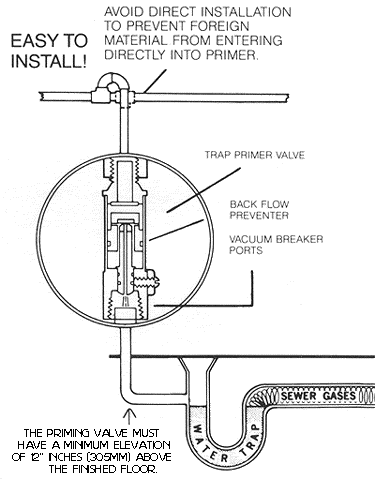Im going to have a concrete floor in a utility room. Im going to have the concrete slope slightly toward a drain in the middle of the utility room. I dont want to tie this drain in with the main sewer drain because of having to install a trap primer or worry about filling a water trap every so often. I would like to just lay floor drain pipe (1-1/2" diam ?) right next to sewer drain pipe and extend right outside the perimeter of the house. My question is do they make something to fit on the end of the drain pipe to keep critters from coming into the house but will let water out when ever necessary ? If so then can you tell me what its called so I can tell the plumbing supply store ?
Thanks
Thanks





